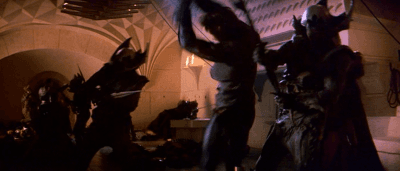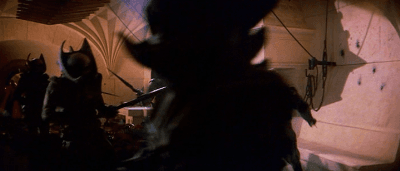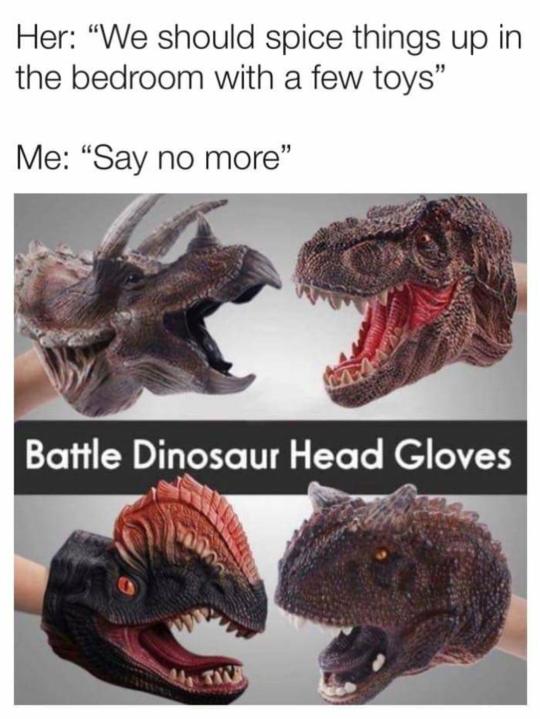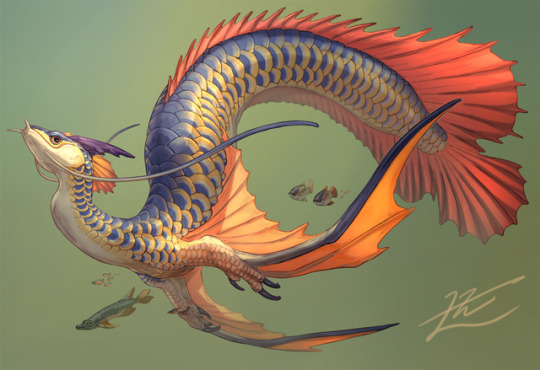Text
youtube
We’re in an arc that has a bunch of magical madness effects and the like. My character (shadow sorcerer named Tobit) failed their saving throw.
DM: you can now only scream, and do nothing else, for… *Rolls dice* three minutes
Me, OOC: oh, great
Other player, in character as their wizard: are you okay??
Me: Tobit screams at you instead of answering.
Other player: oh… Right. *In character* okay, keep us updated there buddy.
741 notes
·
View notes
Photo
At first I thought it was a Vorlon starship...




The eerie Bloodybelly Comb Jellyfish
Brilliant and seemingly glowing, the bloodybelly comb jelly comes in different shades of red but always has a blood-red stomach. The sparkling display on the outside comes from light diffracting from tiny transparent, hair-like cilia. These beat continuously, propelling the jelly through the water. [X]
22K notes
·
View notes
Photo
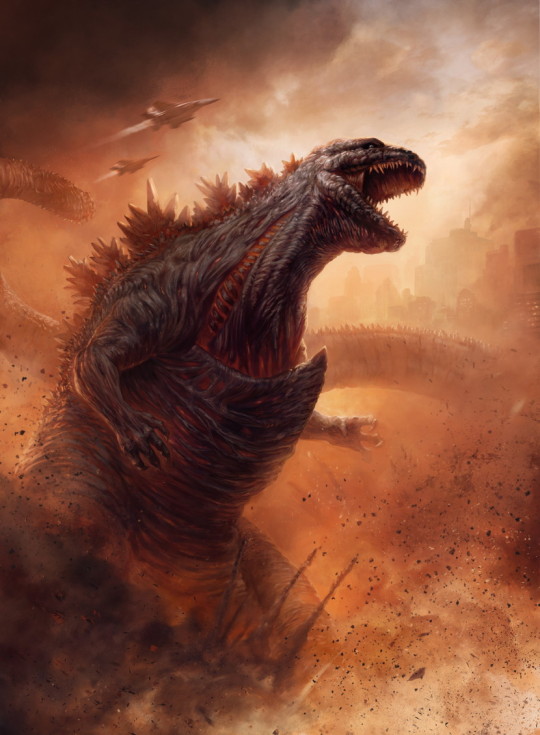
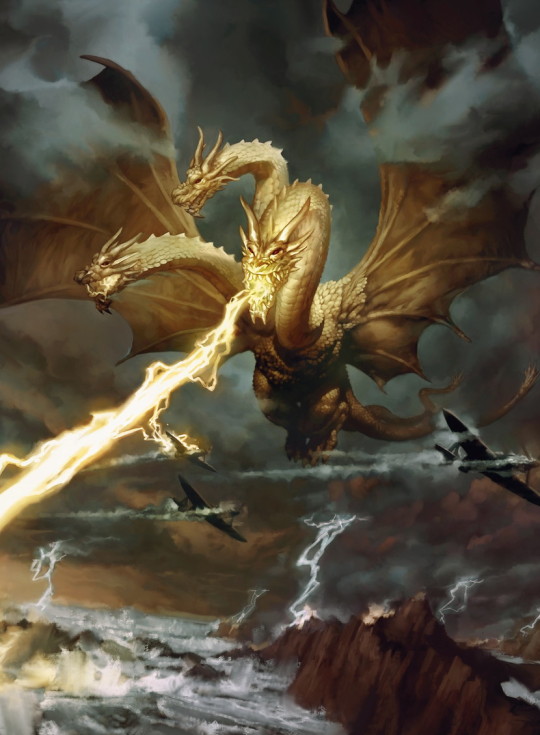

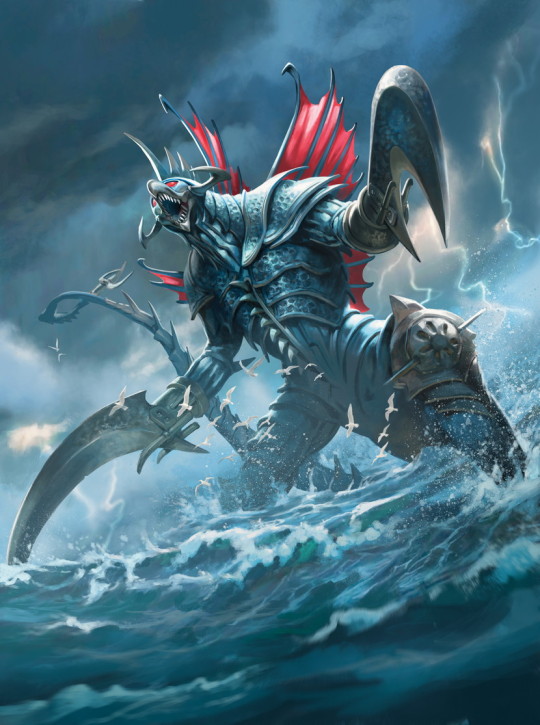
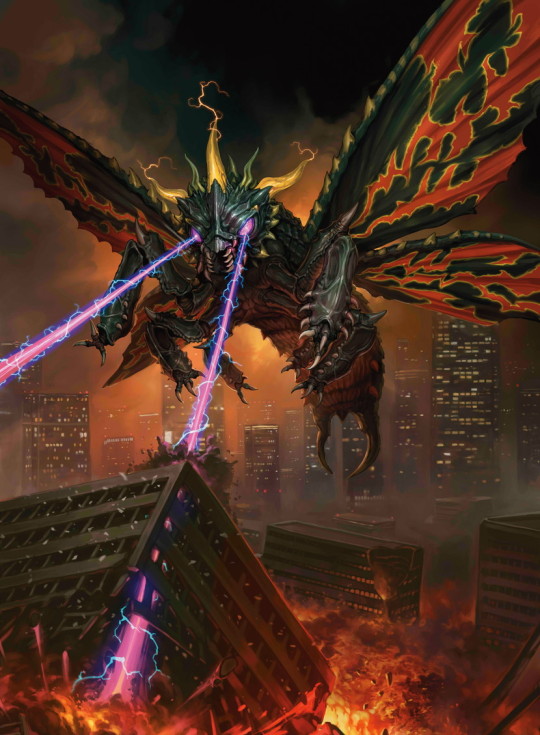
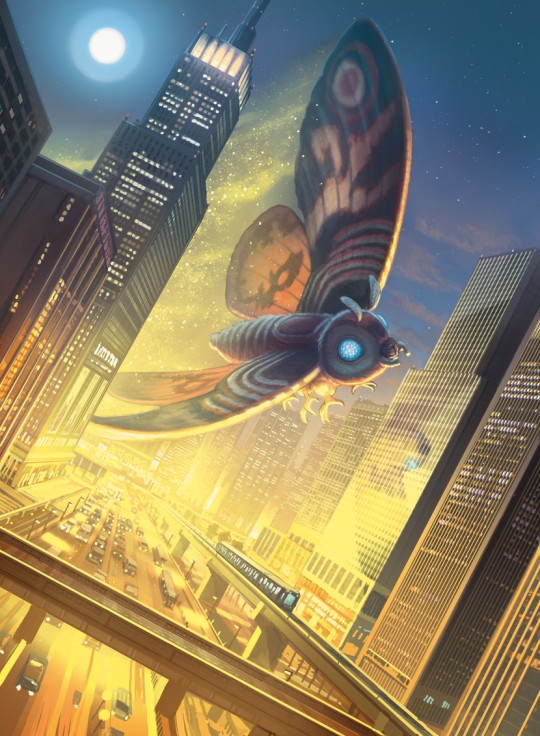
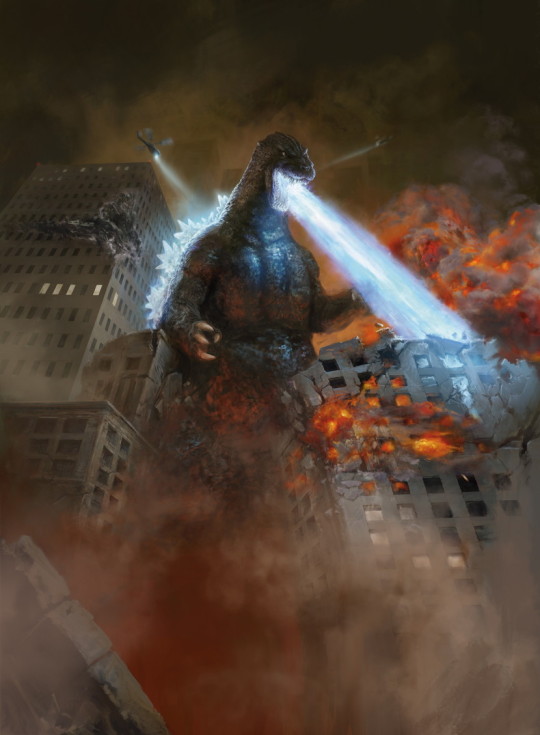


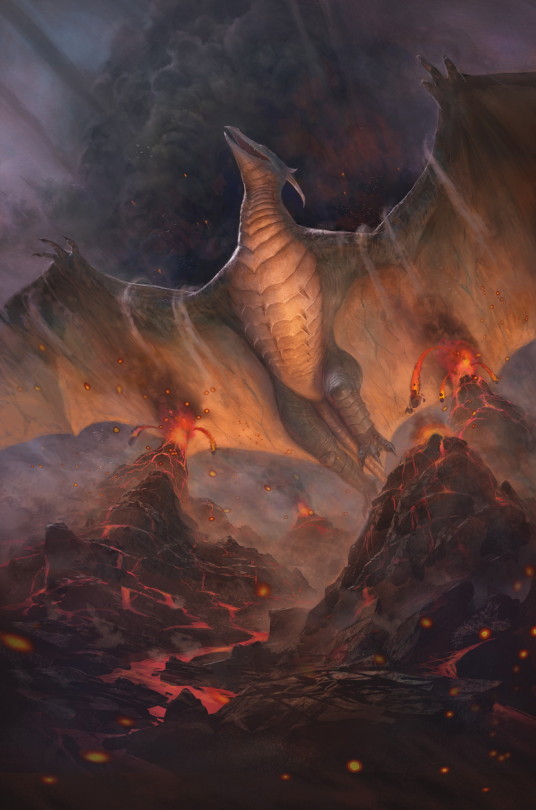
Magic is doing a crossover with Godzilla and the art is so juicyyyyy !!
(source)
4K notes
·
View notes
Text
TTRPG World Map Creativity
Today I am exploring interesting ways to create TTRPG maps and spur your creativity for your setting.
Map Creativity
Do the Dice Thing. If you’ve followed D&D blogs on Tumblr long enough, you know which one I’m talking about. Roll out a giant bunch of dice onto a hex grid and trace their outline. Use the dice colors, die types, or die results to influence your mapping. Perhaps cool-colored dice are plant or water-filled regions, while warmer colors are more desolate or rocky or urban. Use your least-common die to represent settlements (for instance, I have some dice that have astrological symbols on them and some that have playing card suites, which are few compared to the rest of my dice). You can use die results to represent magnitudes. There are a bunch of different rulesets for how to do this, but I am a fan of the method of just letting the dice inspire you so you can break your own rules if you need to.
Trace Silhouettes. Take a bunch of objects and pile them together, then trace the silhouette. You can get more interesting shapes than tracing a pile of dice if you vary the objects you are using. A banana can become a peninsula, while a towel can serve as a great landmass. You can also create representative maps. I have seen dungeon maps that look like logos or text when you view the maps as a whole. You can do something similar to start creating dungeon rooms.
Picture Collage. Take a bunch of photos and overlay or cut them up to create unique images that inspire your map. You can do this with images you take with your phone or find online and use Photoshop (or some similar program), or you can just cut out scraps from old magazines or newspapers. Look for unique shapes and interesting compositions and play with them until you discover landmasses. Perhaps the colors of the images or their representations can inspire something. A blue suit in a catalog could become a sea, while an image of a person’s elbow can justify a mountain’s placement there.
Piecemeal. Copy pieces of existing maps and knit them together. You can steal from other people’s dungeon/world maps, or use real-world maps from Google Earth or by researching “architectural plans” for dungeons and buildings. The goal is to use existing pieces to make a new result. It doesn’t have to make “sense” from a cultural or architectural or geographic standpoint. You just want to make something creative and unique. Afterward you could add in features that maybe forced the architects to build a dungeon in a strange way or caused the land to naturally shape that way to justify the shape.
92 notes
·
View notes
Photo

Beta Ray Bill portrait (2018)
Art by: Marko Djurdjević
317 notes
·
View notes
Photo

“She Sleeps” #Watercolor #painting #art #shadowscapes #sleepingbeauty #poppy #poppies #flowers #floral #flowersinart #springtime #botanical #botanicalart #fairytales #fairyqueen Prints here: https://ift.tt/37KoCDM
321 notes
·
View notes
Text
A lot of people have a secret NSFW side blog
… I just have a secret SFW robot art blog
54 notes
·
View notes
Text
Lelouch: People treat me like a god.
Nunnally: How so?
Lelouch: [glaring at C.C. from across the room] They ignore my existence unless they need something from me
197 notes
·
View notes
Text
When you’re creating a D&D party where the members have history with each other, it can often be tricky to make sure that everyone is sufficiently connected that there are no odd members out. One approach that I’ve had good luck with – and this is admittedly borrowed in large part from various Apocalypse Engine games, so I’m not claiming originality here! – is to add a formal connections phase once everybody has finished basic chargen. It works like this:
1. Each character’s background comes with a list of connection prompts, generally around half a dozen. This could be a generic list, or – if you’re a GM with a lot of time on your hands – a setting or campaign specific list could be prepared for each background. Each prompt consists of a fill-in-the-blank statement and a follow-up question.
2. Going around the table, or in some other pre-determined order if you’re not playing face to face, each player picks a prompt that interests them from their background’s list, and calls for volunteers.
3. Any other player may volunteer to write their character’s name in that prompt’s blank. Volunteering if you’ve already filled in a blank for one of the current player’s other prompts is discouraged but not forbidden. If multiple players are interested, the player who’s written their name in the fewest blanks so far has first dibs; if there’s a tie, talk it out or flip a coin.
4. Working together, the player who picked the prompt and the player who filled in the blank brainstorm an answer to the follow-up question. This should be brief, no more than a sentence or two; if you want to collaborate on a longer answer, great, but leave it for after the game and keep the session moving. The rest of the group is both allowed and encouraged to offer suggestions!
5. Continue until everyone has written their name in at least once. At the end, each player should have at least one but no more than three blanks filled in.
It usually works better if you (the GM) homebrew your prompts in order to make sure they have the right tone for your campaign, but generic ones will do in a pinch. Here’s an example I’ve used in the past for the “Criminal” background from the Player’s Handbook:
Criminal
You and _____ worked together on a job that ended in disaster. What went wrong?
_____ was falsely accused of a crime that you committed. How were they implicated?
You know something about _____’s past that they’d kill to keep secret. Where did you learn it?
You and _____ once shared a prison cell. What were you in for?
One of your past misdeeds targeted _____, but they don’t (yet) know it was you. What did they lose?
You still owe _____ a favor for providing you with an alibi. Who did they lie to on your behalf?
3K notes
·
View notes
Photo




I re-designed the map order worksheets during my time at WOTC as manager of cartography. Mainly it was just to make the worksheets completely digital and accessible for anyone who was to design maps for our game worlds. These are the final versions which were being used up till 2003 at WOTC. The list of map symbols goes back to the dawn of role playing game maps and TSR. Dave Sutherland and Dennis Kauth were the two people who really started all of the organized nature of making map orders easier to produce for the TSR RPG R&D design department.
Dennis Kauth was originally from an engineering background, so he even made sure that all of the symbols had a corresponding number in case of the situation where someone was not able to draw things out in a competent manner, they could just simply write a number on the map reference and circle it, thus making “it” the object or feature from the master key. The mapping standards is one of the first things Dave & Dennis showed me when I started work in the mapping department at TSR in the early 90s.
In those days the whole thing was a large packet of stuff in a folder, including several different sized blank map pages, the symbols list and a blank fold-up poster map sheet printed with a hex grid for the old ‘gazetteer” style maps and a few examples of how to draw a proper map reference. For the most part everyone in R&D used these map standards to create their map references, however there were always a few that would come in on cocktail napkins and such but it was really worth it to have a standard for the map orders. Fun little bit of history, Good times and Good gaming!
10K notes
·
View notes
Photo
And available online on the internet archive...






Geeks of a certain age will have fond memories of Omni Magazine. The periodical featured frequently beautiful cover and interior art and included articles on science and technology. Science fiction stories by both established and up and coming writers were also found in its pages. In addition, the magazine explored more fantastic subjects like UFOs and the paranormal, topics that were not to my personal taste.
Less buttoned-down than Popular Science, less bookish than Scientific American, Omni Magazine often found a home alongside comic books and sci fi novels in the dens and bedrooms of many late 1970s to mid 1990s science fiction fans.
1K notes
·
View notes
